ABOUT
Tissues in our body can be extremely soft such as breast or brain, or very stiff such as bone. Cells in our body constantly interact mechanically with such tissues, exerting, transmitting, withstanding, and detecting forces. This mechanical interaction with the environment regulates how cells proliferate, differentiate, and move, and regulates development, tumorigenesis or wound healing.
Our research aims at unraveling – and re-engineering – the molecular mechanisms by which cells detect and respond to mechanical stimuli like forces or tissue rigidity, triggering downstream cell responses.
Just like biochemical stimuli initiate signaling cascades, mechanical forces affect the links and conformation of a network of molecules connecting cells to the extracellular matrix. This molecular and cellular response to force constitutes the phenomenon of mechanotransduction.
To study mechanotransduction, we combine biophysical techniques like magnetic and optical tweezers, Atomic Force Microscopy, traction microscopy, and microfabricated force sensors with molecular biology, advanced optical microscopy, and theoretical modelling.
Sensing the environment: Using this multi-disciplinary approach, we have unveiled a molecular mechanism that cells employ to detect and respond to the rigidity of their environment, which could be crucial in breast tissue and breast cancer (Elosegui-Artola et al., 2016 Nat. Cell Biol., and Elosegui-Artola et al. 2014, Nature Mater.). This mechanism is mediated by what is known as a “molecular clutch”: in a surprising analogy with a car engine, cells can be understood as a molecular network that can engage and disengage from its environment, just as the clutch of a car. This affects force transmission from the environment to cells, and also within different cell components. We are also expanding on the idea of the molecular clutch, to explore how cell molecular engines sense not only mechanical rigidity, but other important parameters from their environment: for instance, the composition and distribution of ligands in the extracellular matrix, or other cells. In this regard, we uncovered that this concept can explain how cells sense the spatial distribution of ligands in the extracellular matrix (Oria et al., Nature 2017). We have also demonstrated that cell-cell force transmission, mediated by a molecular clutch, is essential for cells to sense gradients in stiffness (Sunyer et al., Science 2016, in collaboration with the group of Xavier Trepat).
Nuclear mechanotransduction: Forces applied to cells are transmitted all the way to the cell nucleus, where they affect its function. We are studying how this force transmission affects the dynamics of transcriptional regulators, such as YAP (Elosegui-Artola et al., 2017, Cell), and how this affects cell function.
The membrane as a mechanosensor: Due to its mechanical properties, the plasma membrane itself can respond to forces and act as a mechanosensor. Recently, we have shown that cell membranes can use purely physical principles to adapt their shape in response to mechanical forces (Kosmalska et al., 2015, Nat. Commun.). We are currently studying how cells harness this physical membrane behavior to respond to signals from their environment.
Ultimately, when we determine the molecular mechanisms that communicate cells with their environment, we will understand how forces determine development when things go right, and tumor formation when they go wrong.
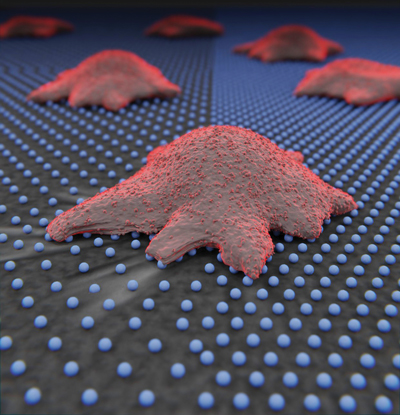
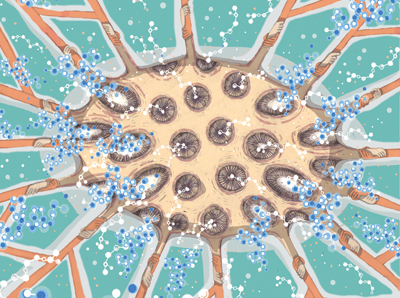
Video: How tissue stiffness activates cancer
STAFF
The following is a list of the current staff members of the research group:
PROJECTS
| NATIONAL PROJECTS | FINANCER | PI |
|---|---|---|
| MECNUC · Estudio del control mecánico de la localización nuclear de proteínas (2020-2023) | MINECO Retos investigación: Proyectos I+D | Pere Roca-Cusachs |
| BLOCMEC Development of small molecules to block mechanotransduction for pancreatic cancer therapy (2021-2023) | MICIU, Proyectos Pruebas de Concepto | Pere Roca-Cusachs |
| INTROPY INhibiting mechanoTRansduction for Oncology theraPY (2021-2023) | ACCIO, Tecniospring Industry | Mamatha Nijaguna |
| INTERNATIONAL PROJECTS | FINANCER | PI |
|---|---|---|
| MECHANOCONTROL · Mechanical control of biological function (2017-2021) | European Commission, FET Proactive | Pere Roca-Cusachs |
| TALVIN · Inhibiting mechanotransduction for the treatment of pancreatic cancer (2018-2021) | European Commission, FET Innovation Launchpad | Pere Roca-Cusachs |
| MECHANOSITY Mechanical regulation of cellular behaviour in 3D viscoelastic materials (2019-2022) | European Commission, MARIE CURIE | Alberto Elosegui |
| PRIVATELY-FUNDED PROJECTS | FINANCER | PI |
|---|---|---|
| Mech4Cancer · Enabling technologies to map nuclear mechanosensing: from organoids to tumors (2020-2023) | Obra Social La Caixa Health Research Call | Pere Roca-Cusachs |
| Understanding YAP-mediated mechanotransduction in pancreatic cancer (2020-2023) | Fundació La Marató de TV3 | Pere Roca-Cusachs |
| Understanding and measuring mechanical tumor properties to improve cancer diagnosis, treatment, and survival: Application to liquid biòpsies (2017-2022) | Obra Social La Caixa | Pere Roca-Cusachs |
| FINISHED PROJECTS | FINANCER | PI |
|---|---|---|
| Desarrollo de una terapia innovadora para el tratamiento de los tumores sólidos mediante la inhibición de la mecanotransducción (2018-2020) | MINECO, Subprograma Retos-Colaboración | Pere Roca-Cusachs |
| Understanding and measuring mechanical tumor properties to improve cancer diagnosis, treatment, and survival: Application to liquid biopsies (2017-2020) | Obra Social La Caixa | Pere Roca-Cusachs |
| IMREG El sistema acoplado entre integrinas y proteínas adaptadoras como regulador mecánico del comportamiento celular (2016-2020) | MINECO, Proyectos I+D Excelencia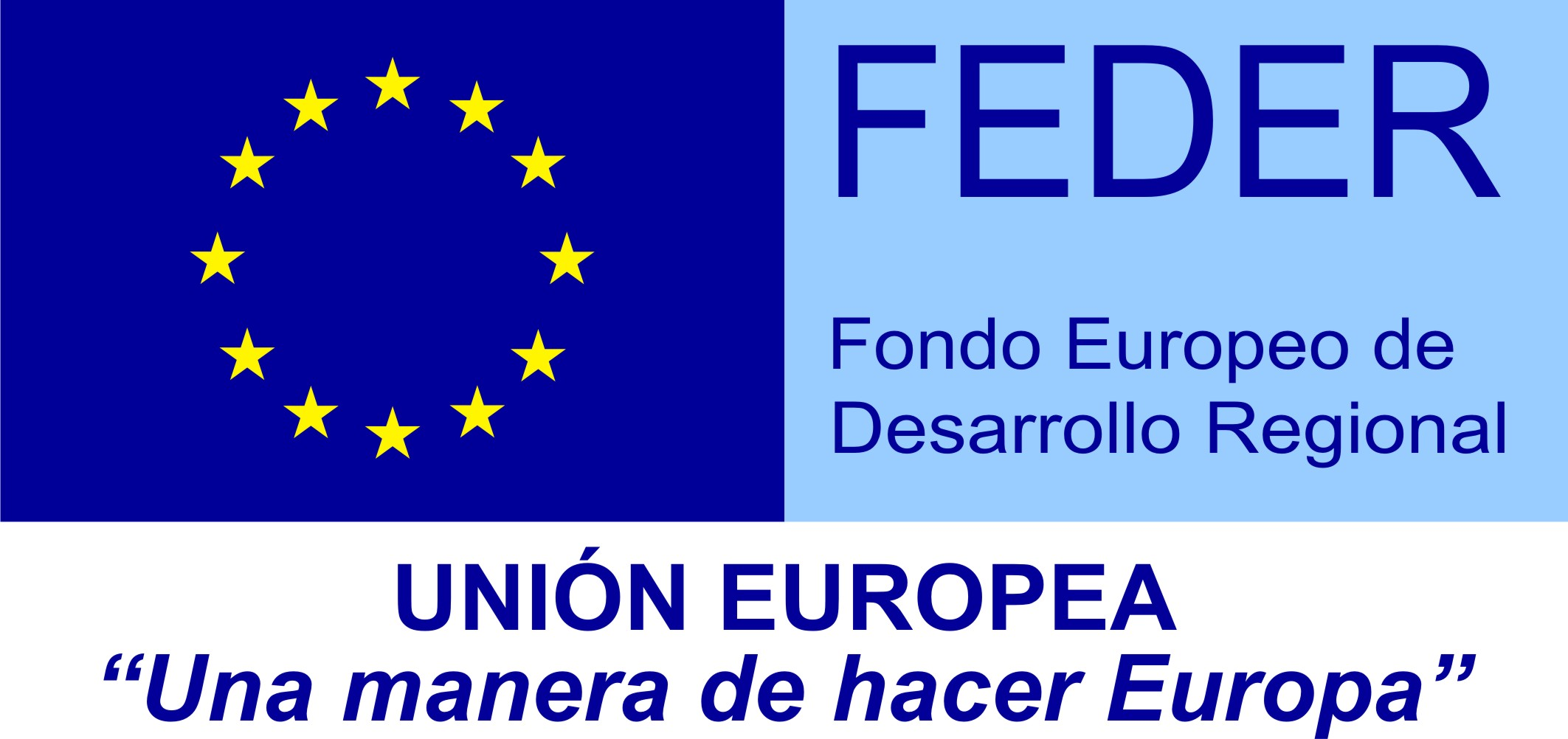 | Pere Roca-Cusachs |
| MECHANOMEMBRANE Redes mecanoquímicas en la membrana plasmática (2017-2018) | MINECO, Subprograma Estatal de Generación de Conocimiento “EUROPA EXCELENCIA” | Pere Roca-Cusachs |
| Stromal stiffness in tumor progression (2014-2017) | Fundació La Marató de TV3 | Pere Roca-Cusachs |
| MECBIO Red de Excelencia en Mecanobiología (2014-2016) | MINECO, Subprograma Estatal de Generación de Conocimiento “REDES DE EXCELENCIA” | Pere Roca-Cusachs |
| Inhibiting mechanostransduction as a novel therapy in the treatment of solid tumors (2017-2018) | Obra Social La Caixa | Pere Roca-Cusachs |
PUBLICATIONS
Click here for a list of publications by Pere Roca-Cusachs with IBEC affiliation.
Click here for a full list of publications including those affiliated to other organisations.
EQUIPMENT
- Confocal Microcopy
- Traction Microscopy
- Live cell fluorescence microscopy
- Cell stretching
- Cell culture
- Magnetic Tweezers
- Atomic Force Microscopy
- Surface Micro/Nano-patterning
- Optical tweezers
COLLABORATIONS
- Dr. Nils Gauthier
Mechanobiology Institute, Singapore - Prof. Miguel Ángel del Pozo
Centro Nacional de Investigaciones Cardiovasculares (CNIC), Madrid - Prof. Marino Arroyo
UPC, Barcelona - Prof. Ada Cavalcanti
University of Heidelberg, Germany - Satyajit Mayor
National Centre for Biological Sciences, Bangalore, India - Sergi Garcia-Manyes
King’s College, London, UK - Louise Jones
Barts Cancer Institute, London, UK - Aránzazu del Campo
INM Saarbrücken, Germany - Patrick Derksen
UMC Utrecht, the Netherlands - Johanna Ivaska
University of Turku, Finland - Jacco van Rheenen
Netherlands Cancer Institute, Netherlands - Isaac Almendros and Ramon Farré
UB, Barcelona - Marc Martí-Renom
CNAG, Barcelona - Marc Güell
UPF, Barcelona - Francisco Real
CNIO, Madrid - Jonas Ries
Max Perutz labs, Vienna
Clinical collaborations
- University Medical Centre Utrecht
- Vall d’hebron Institute of Oncology
NEWS

“L’estira i arronssa cel·lular”, protagonista també als mitjans
Investigadors liderats per Pere Roca-Cusachs apareixen a diferents mitjans pel seu estudi publicat en la prestigiosa revista Nature Communications que descobreix com la dinàmica de forces afecta les cèl·lules, i als teixits vius.

L’estira-i-arronsa cel·lular, clau en la resposta de l’organisme en processos com el càncer
Investigadors liderats per Pere Roca-Cusachs a l’Institut de Bioenginyeria de Catalunya (IBEC) descobreixen com la dinàmica de forces afecta les cèl·lules i els teixits vius. Els resultats ajuden a entendre els processos mecànics crucials que es duen a terme en diferents malalties, com ara el càncer.
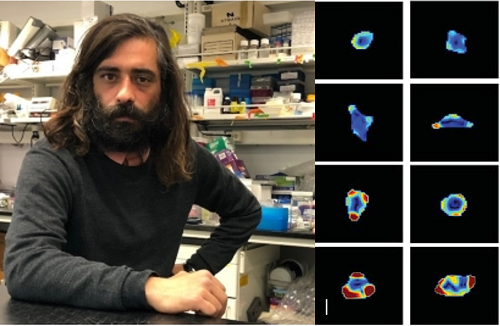
Premi per a doctorat sobre mecanobiologia a l´IBEC
Roger Oria guanya el XXIV Premi Claustre de Doctors de la Universitat de Barcelona (UB) per la seva tesi sobre mecanobiologia, una disciplina emergent que pot contribuir a identificar noves eines per frenar patologies que s’associen amb la rigidesa dels teixits, com per exemple, el càncer.
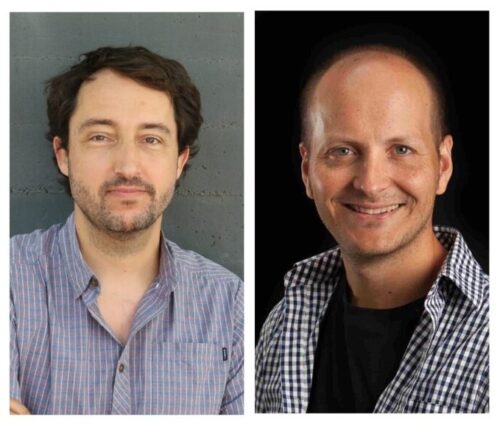
Bioenginyeria contra el càncer
Xavier Trepat i Pere Roca-Cusachs, líders de grup a l’IBEC, apareixen a l’ABC explicant el seu projecte d’investigació que duran a terme gràcies al finançament de “la Caixa” com a part del programa «Health Research Call».

L’investigador Pere Roca-Cusachs entra al club de l’elit europea en biologia
Pere Roca-Cusachs, investigador principal de l’Institut de Bioenginyeria de Catalunya (IBEC) i professor agregat de la Facultat de Medicina de la Universitat de Barcelona (UB), ha estat escollit per formar part de la prestigiosa EMBO, l’Organització Europea de Biologia Molecular, que agrupa alguns dels investigadors més brillants del món. Roca-Cusachs és un pioner en el camp de la mecanobiologia i l’estudi de com les forces físiques afecten processos com el càncer.

Pere Roca-Cusachs elegit nou membre EMBO
Pere Roca-Cusachs, investigador principal a l’IBEC, és l’únic català elegit aquest any per a formar part de la prestigiosa Organització Europea de Biologia Molecular (EMBO).
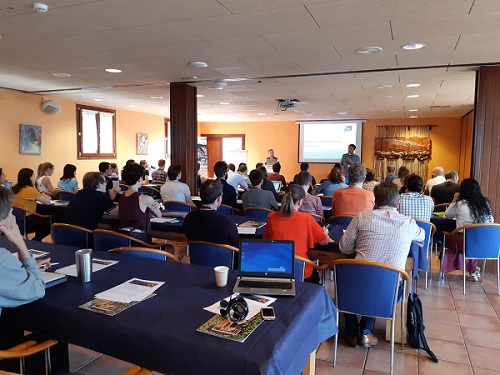
Gran èxit de l’escola d’estiu “Mecanobiologia del Càncer 2019” organitzada pel projecte Mechano·Control
Més de 60 persones van assistir a l’escola d’estiu “Mecanobiología del Càncer 2019” organitzada per l’IBEC, ja que el centre és el coordinador del projecte Mechano·Control. L’escola d’estiu es va celebrar a Prullans, un petit poble situat als Pirineus catalans entre el 17 i el 21 de setembre. L’esdeveniment va ser un gran èxit tant en participació com en l’àmbit científic. L’objectiu de l’escola d’estiu era proporcionar capacitació en mecanobiología, i específicament la seva aplicació al càncer de mama, i promoure les interaccions entre professionals del camp. L’escola va incloure conferències i tallers pràctics sobre diferents tècniques i disciplines, des de la biomecànica fins a la biologia del càncer. El projecte Mechano·Control, coordinat per Pere Roca-Cusachs, investigador principal de l’IBEC, és el projecte europeu més gran coordinat per la institució fins a dia d’avui.
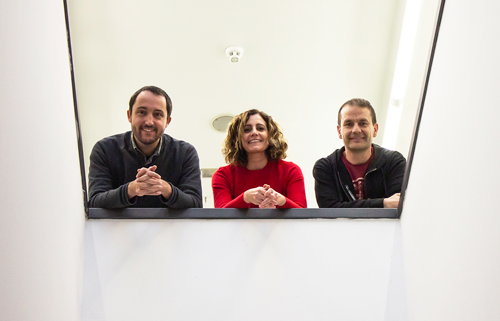
Iproteos, l’IBEC i el VHIR desenvoluparan una innovadora teràpia contra els tumors sòlids
• La biotecnològica Iproteos i l’Institut de Bioenginyeria de Catalunya (IBEC), ubicats al Parc Científic de Barcelona (PCB), i el Vall d’Hebron Institut de Recerca (VHIR) desenvoluparan un innovador tractament per alentir, aturar i, fins i tot, revertir el creixement dels tumors sòlids, que representen més del 90% dels casos de càncer. • Es tracta d’una família de fàrmacs peptidomimètics basats en un mecanisme d’acció antitumoral totalment nou, fruit d’una llarga trajectòria investigadora del grup de Pere Roca-Cusachs de l’IBEC. • El Grup de Recerca Traslacional en Càncer en la Infància i l’Adolescència del VHIR avaluarà in vitro i in vivo en tumors pediàtrics l’eficàcia dels fàrmacs candidats, desenvolupats mitjançant la tecnologia IPROTech d’Iproteos.
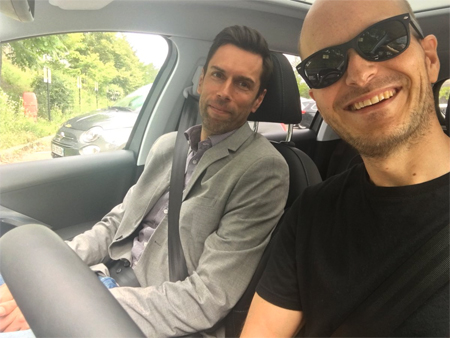
L’últim ‘Insight’ de Nature Physics presenta un article IBEC/Crick
L’investigador principal de l’IBEC i professor de recerca ICREA Xavier Trepat ha publicat una ressenya a l’edició ‘Insight: The Physics of Living Systems’ de Nature Physics, en el qual tots els articles han estat co-escrits per un físic i un biòleg. Escrit amb el seu col·laborador Erik Sahai de l’Institut Francis Crick de Londres, l’article de Trepat, “Mesoscale physical principles of collective cell organization”, revisa la recent evidència que la dinàmica cel·lular i tissular es regeix per principis físics en la mesoescala: força, densitat, forma, adhesió i autopropulsió.

Les forces físiques regulen la divisió cel·lular
Investigadors de l’IBEC ha descobert que la divisió cel·lular que es produeix en teixits epitelials està regulada per forces mecàniques Aquest descobriment obre la porta a una major comprensió de la proliferació descontrolada de les cèl·lules canceroses en els tumors, i a la seva possible regulació per mitjà de forces físiques. El resultat de la recerca, que s’ha publicat a la revista Nature Cell Biology, ha estat duta a terme pel grup de recerca del Xavier Trepat, professor ICREA a l’IBEC i professor associat a la UB, i en ella es relaciona l’estat mecànic del teixit amb la progressió al llarg del cicle cel·lular i divisió de les seves cèl·lules.

 ibecbarcelona.eu
ibecbarcelona.eu